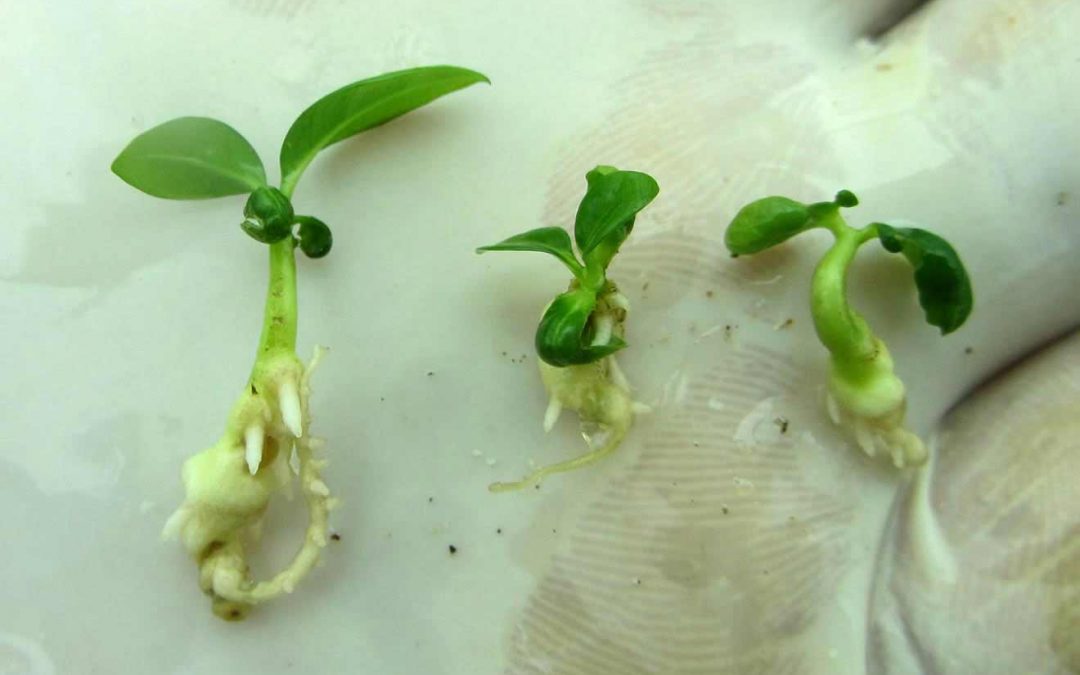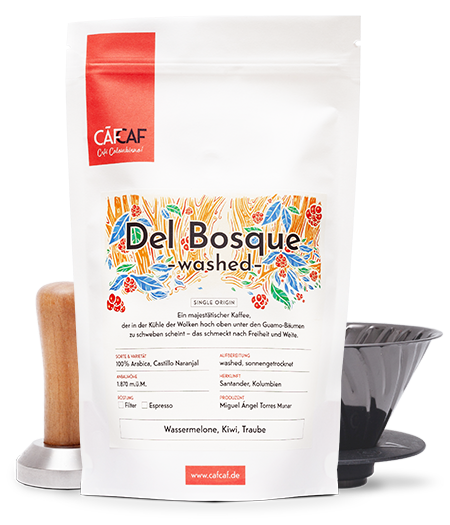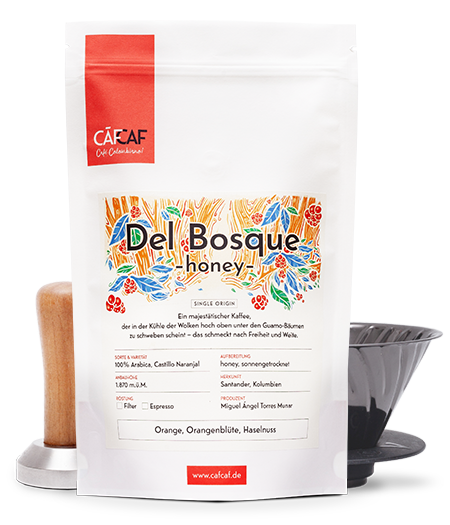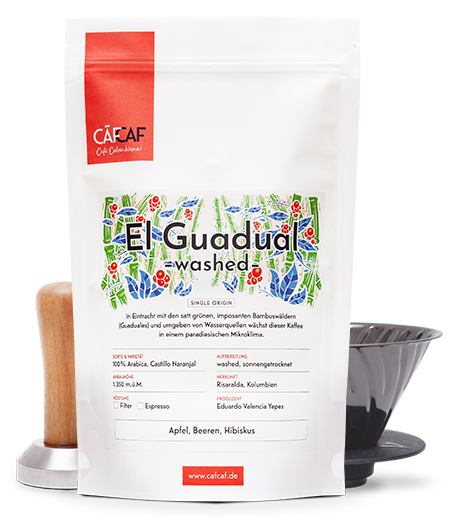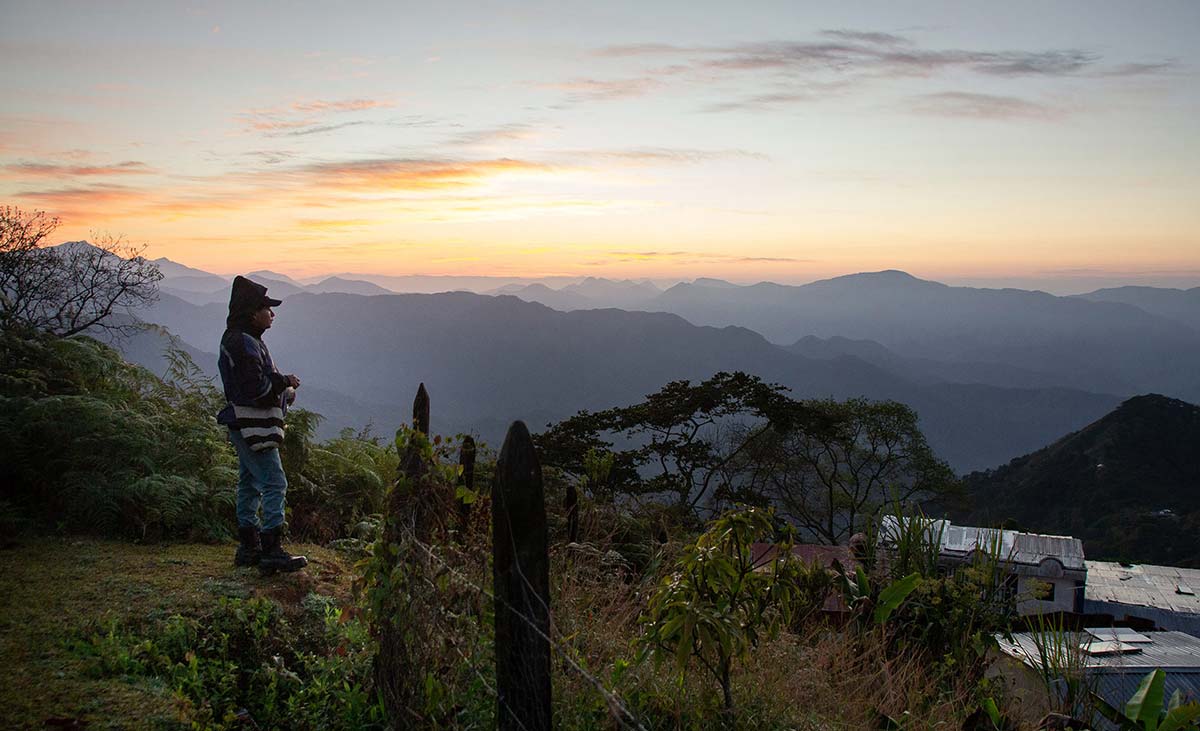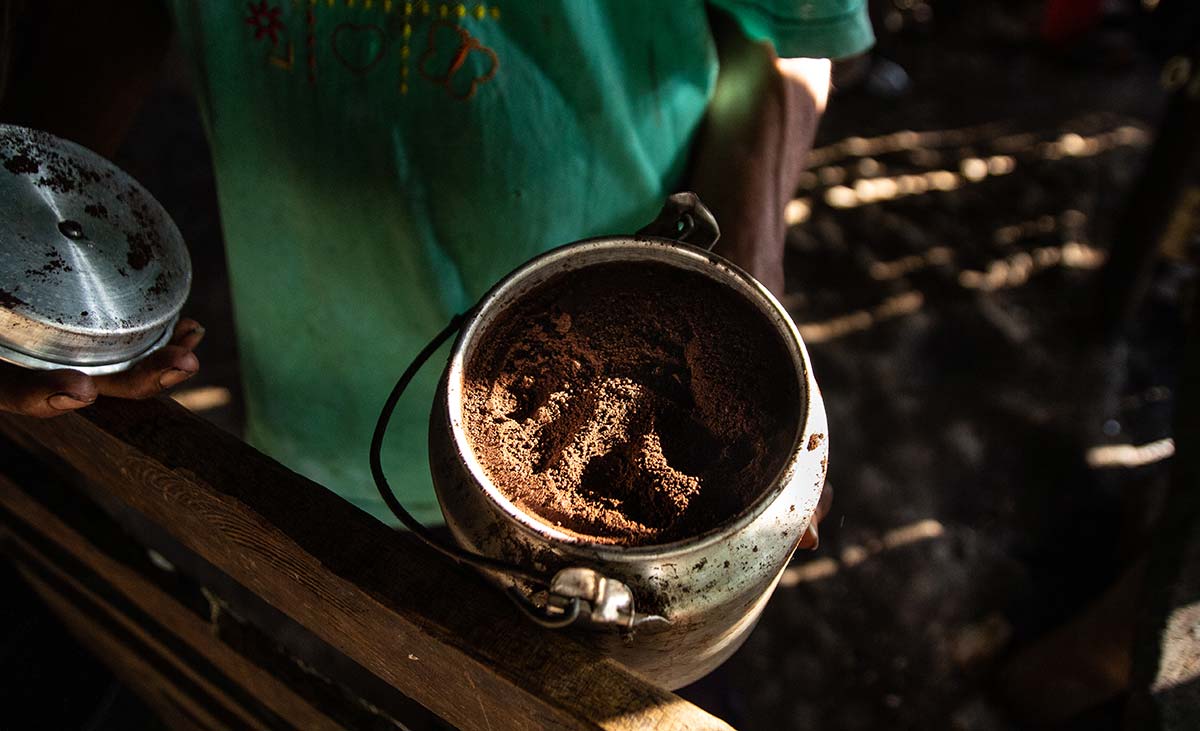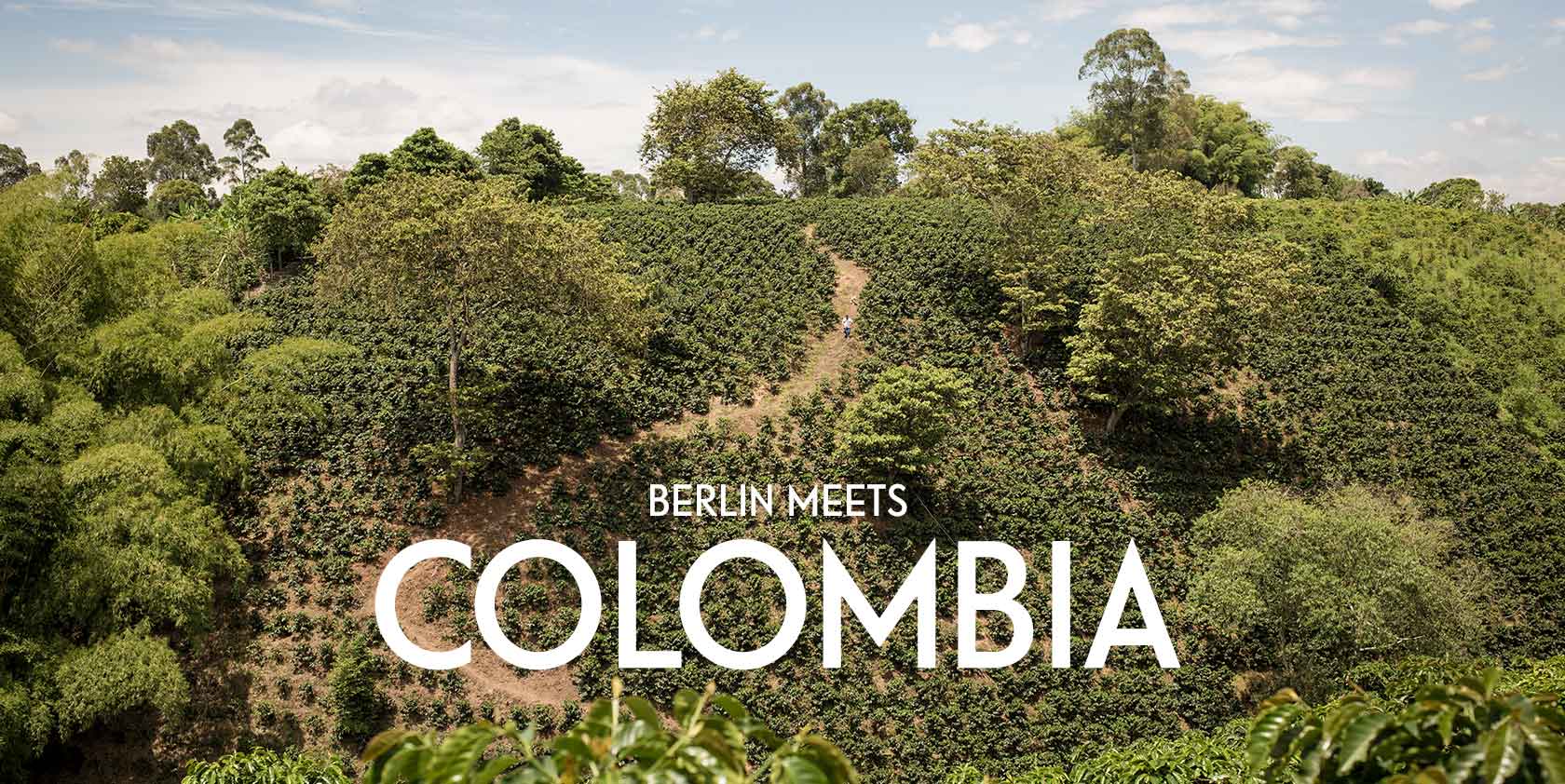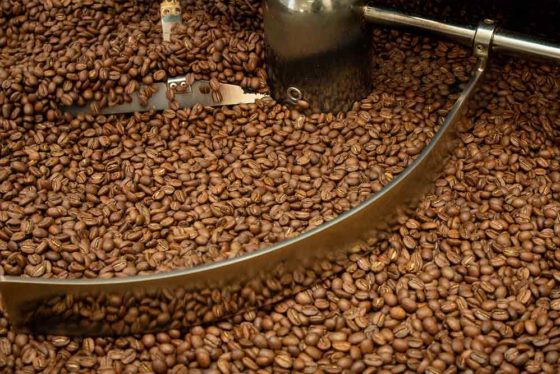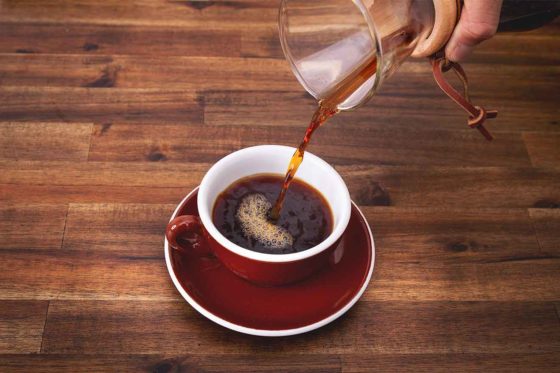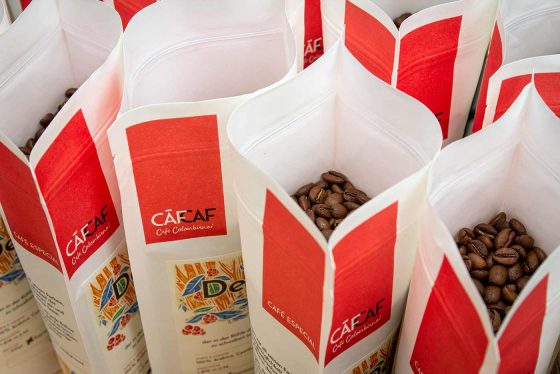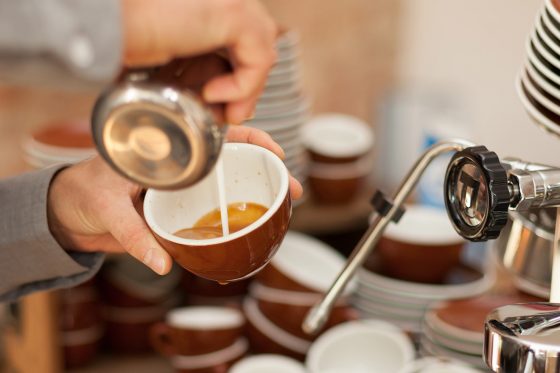Anzeige – Dieser Beitrag ist eine unbezahlte Kooperation mit Original Beans.
When I was visiting the protected area of the Arhuaco on my sixth Colombia travels, I met Jan Schubert from Original Beans. I am interested a lot in the cacao topic, and since he is the company’s Conservation Cacao Leader, I was lucky to spend a day with him on a cacao farm, learning so much about that rare and special fruit. Now, as we have already explained the analogies between coffee and cacao in our previous blog post, I asked my new cacao amigo some more specific questions. Read it now in our Interview:
Cacao talks.
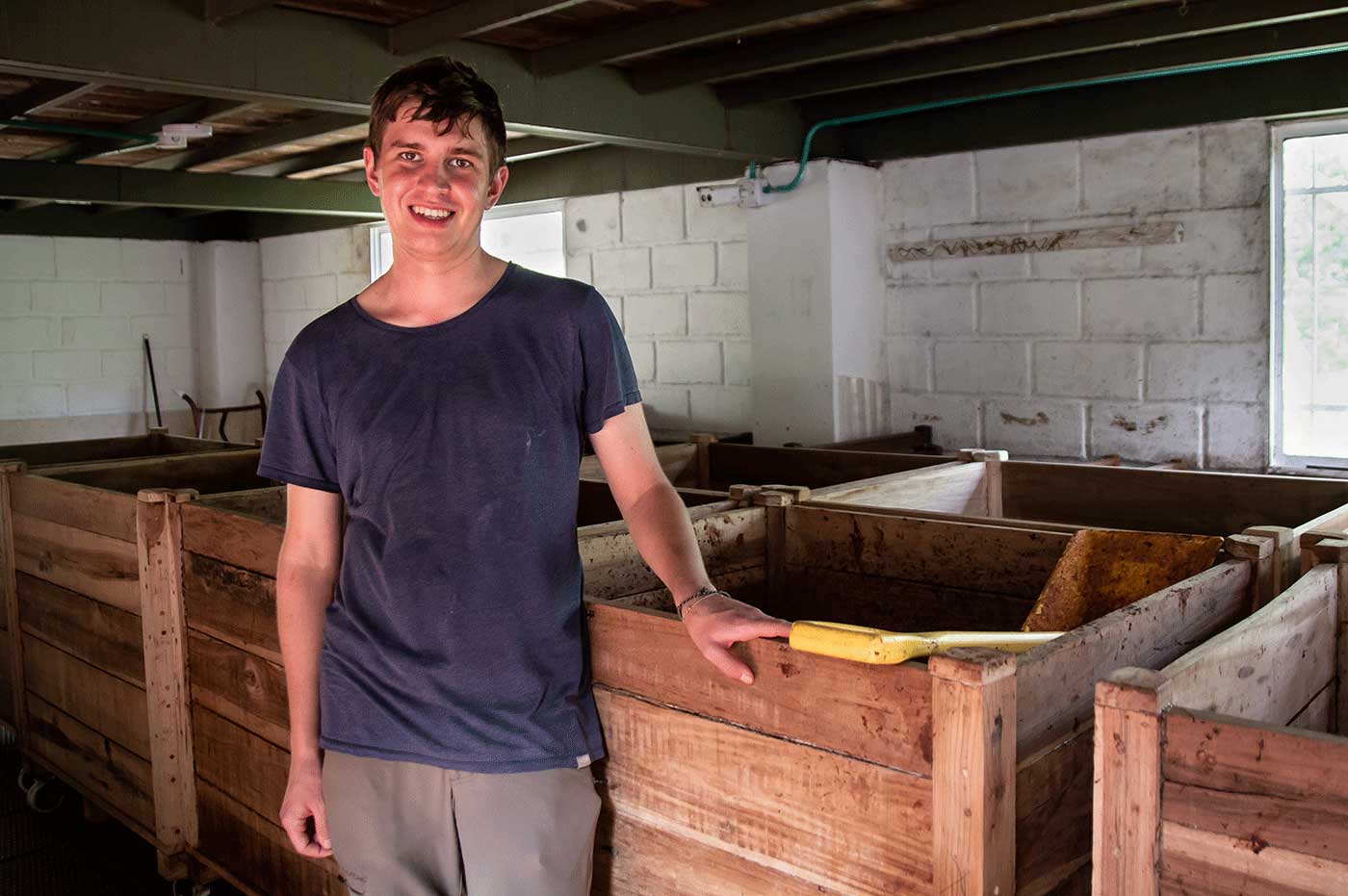
Jan Schubert from Originalbeans
First, what do you have to study to become a Conservation Cacao Leader? And what does the daily routine look like in your job?
That’s something you can not study; it’s something you have to live. Most likely you would study tropical agronomy, biology or international development studies, but in my case I studied food technology. My university background was a good start but I would say it’s only about 5% of the knowledge I need out there and it’s a never ending learning process. Most important is that you learn to learn; to learn from everybody – not only from other great professionals you meet on your way but also from experienced small farmers and indigenous tribes working with cacao.
The good thing is that there is no daily routine in my job. I work about 9–10 month/year in Latin America, my base is Ecuador. The other 2–3 month I am in Europe with base in the southern Bavarian village Kay, office in Amsterdam, production facility in Switzerland and trade shows all around Europe.
So, a daily routine could be an office day in front of my laptop anywhere from inside of an South American national park to my home office in Germany or the small companies head office in Amsterdam. Furthermore I have successfully built up a network of local partners, local and international NGO’s over the past years. That’s why I would count meetings in Munich, Lima, Quito or Bogota also as part of my daily routine.
In the field my job is to find the rarest cacao’s in the world, which on the same time have the highest positive social and environmental impact. This means that I am often working in remote areas, discovering old cacao varieties, grown by indigenous communities and/or nearby protected areas, such as national parks, which can be protected by providing an alternative income solution through cacao.
Once we have identified such rare cacaos, my job is to establish a project that makes it possible to get such high quality dry cacao beans from there, that we can make one of the worlds best chocolates of it. This includes organizing smallholder farmers or indigenous people and getting together different local actors like associations, NGO’s and municipalities. A next step would be organizing training courses in forest friendly cacao growing and organic agriculture, starting organic certification process, building processing infrastructure and develop fermentation and drying protocols. In addition to that also nursery management, coordination of reforestation projects and controlling of conserved forest areas has become part of my daily routine. Once a project is established and running well, one of my main tasks is quality control and export procedures.
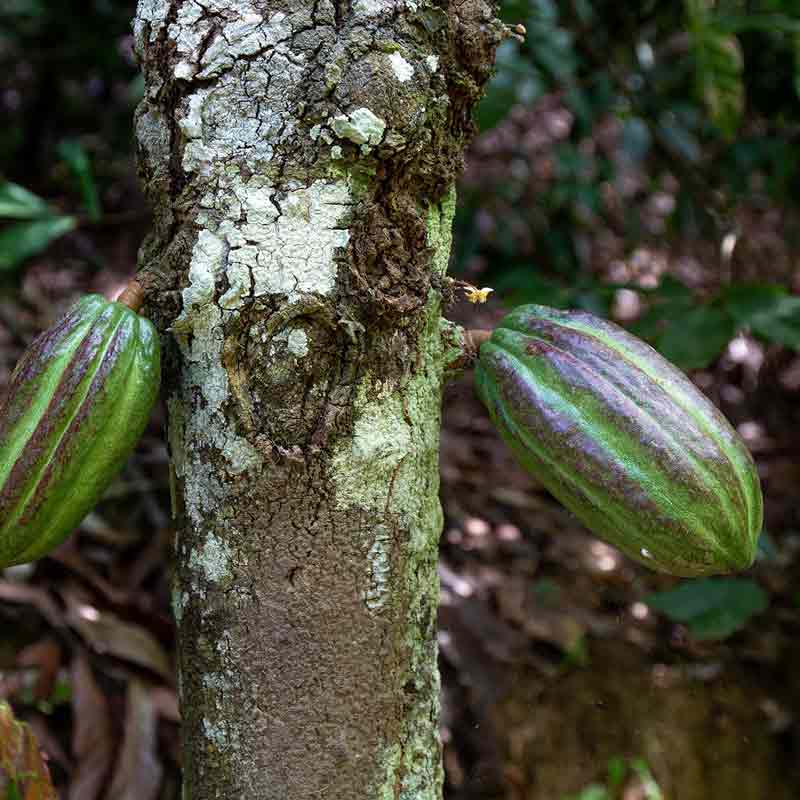
Young cacao fruits in the Colombian Sierra Nevada.
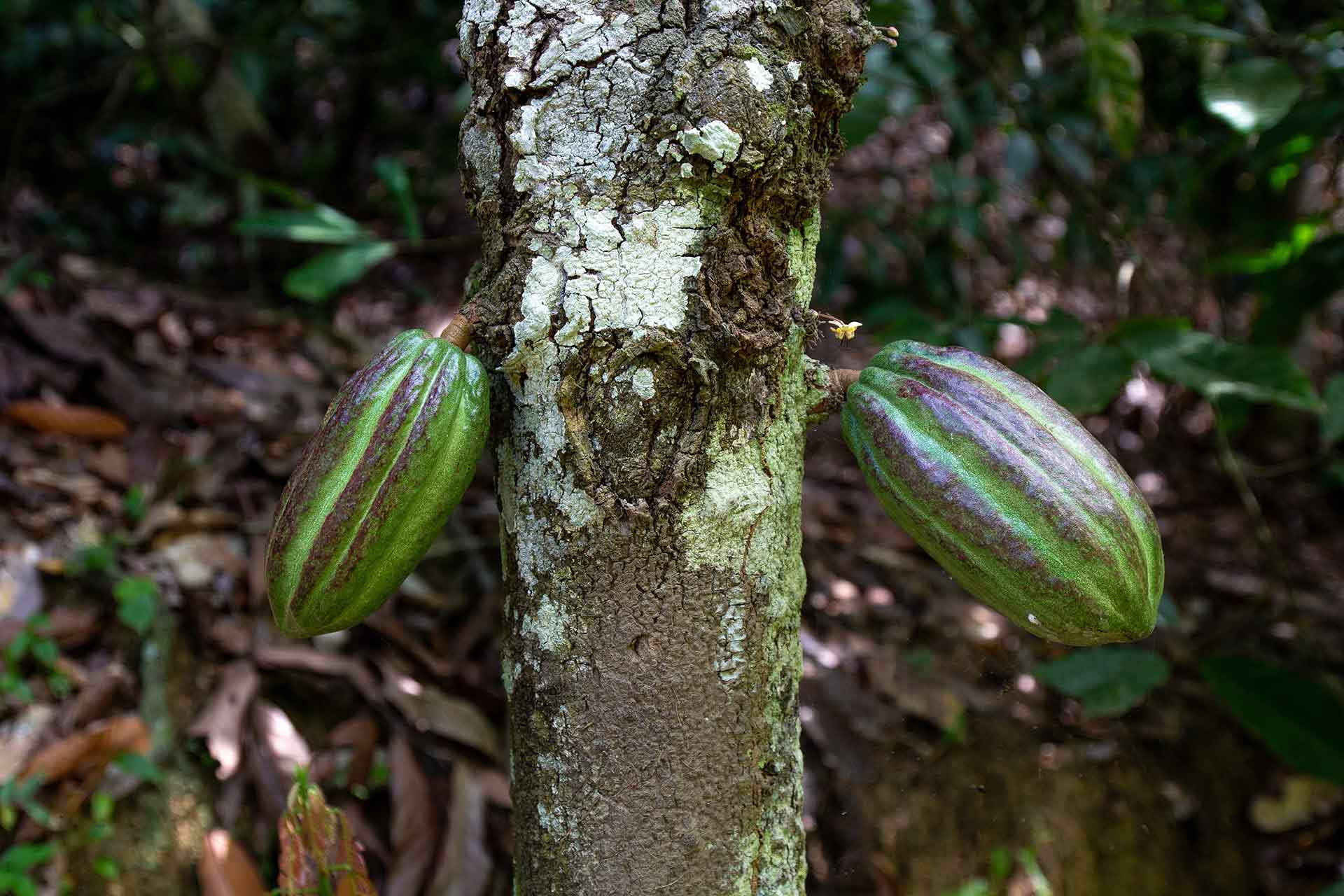
Young cacao fruits in the Colombian Sierra Nevada.
Regarding coffee, many people don’t know that there are a bunch of varieties among the main plants, »Arabica« and »Robusta«. How many Cacao varieties are there, and with how many do you work every day?
Unfortunately, in the cacao world this is even worse, as even people working in the industry mostly distinguish only between three cacao types, wich is totally wrong and we know it since decades. The research on cacao is ongoing, but nowadays we already can distinguish between more than 20 genetic clusters which represent the pure native cacaos from the amazon basin.
If you would include all natural and human made hybrids that exist in the different labs and collections around the world, we are talking about more than 1000 cacao »varieties«. Almost none of them is grown as a single variety but at least there are some estates and projects where you can assure that the cacao is all of one genetic group. In my daily work I would say I work at least with 5 of them, all native cacao varieties which only grow in specific areas. As I am surrounded by some of the modern hybrid materials all the time while travelling through south America, I would say that I am in touch with at least 100 »varieties«.
When we visited one of the Arhuaco’s cacao farms in the Colombian Sierra Nevada, I had the chance to try some fresh fruits of different Cacao varieties. They tasted so different! How much does the taste of the fruit affect the taste of the Cacao beans?
Yes, it already tasted very different, but all this cacao belongs to one bigger genetic group, which is a mix of old landraces of this area which we call Businchari. So you can imagine which big differences you would have if you get cacao which belongs really to different genetic groups! Based on the taste of the fruit pulp you can already identify if the final cacao beans can taste very good, provided that you process (fermentation & drying) them right. Bad characteristics of fruit pulp evaluation are intense acidity or even astringency or, if it is only watery, sweet and boring. If the pulp is sweet and there is a lot of taste you can associate with fruits, it has a lot of potential – there are pulps that have intense taste of Orange, Mango, Maracuja, Grape and much more other fruits, or even flowery taste.
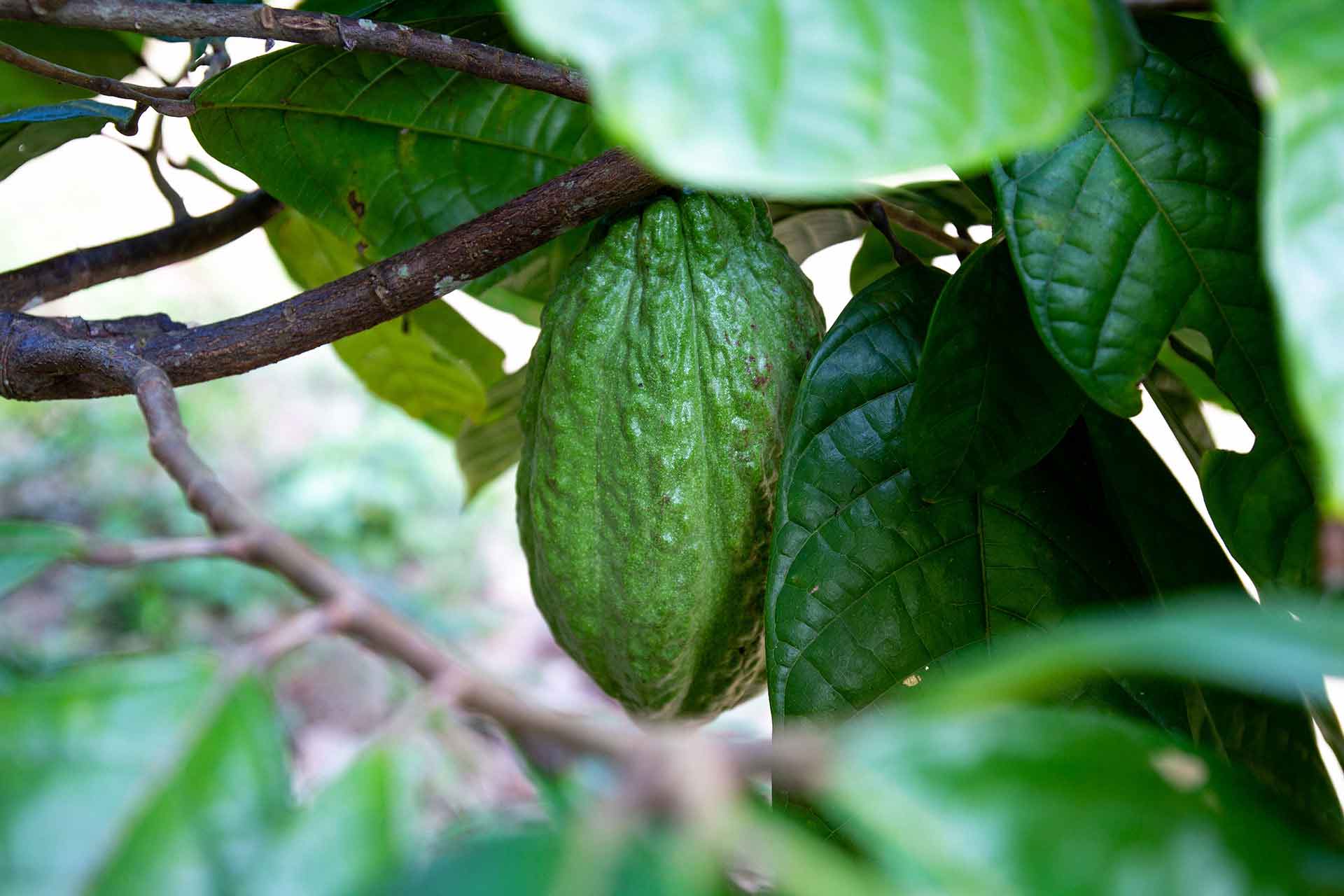
»When I am searching for old native cacaos, my primary selection criteria is an outstanding taste. It has to be unique, intense and recognizable.«
–Jan Schubert, Originalbeans
In the coffee industry, researchers try to breed new hybrids to improve the adaption of the plants to the environment. Now, there are many cacao hybrids as well. How important are they in your opinion?
Cacao breeding projects had long time the only aim of higher productivity without considering quality of the cacao beans or adoption to special micro climates or climate change. Nowadays, most cacao in countries like Ecuador or Colombia are modern hybrids which brings huge problems, not only the complete loss of special flavours but also the high susceptibility to diseases of mono clone mono-cultures.
The industrial clones, such as the famous CCN-51 which represents nowadays the biggest part of Ecuadorian cacao harvest, have been breaded also for resistance to commune cacao diseases and pests. Most of these diseases are caused by bacterias and molds which obviously have the capacity to develop further and now they attack this new hybrids even stronger than native cacaos.
Furthermore, no cacao was breaded for special climate zones, they always have been searching for THE ONE solution which has totally failed in my personal opinion. In some special projects, such as the ones from Original Beans, there has been great success with rescue regional native cacao varieties and select them in origin. These cacaos are highly adopted to special climates – but we are talking of selection only, not about any kind of breeding. By selection and growing only selected materials, some of these projects have now even higher yielding than the respective national average.
In addition, we have now locally grown native cacaos with a very specific flavour profile and other very unique characteristics. Such a characteristic can be the colour of the bean, as there are also white beans (normal cacao beans are violet when the bean is fresh) which in total do not even represent 1% of world harvest volume. This shows that the story of unproductive speciality/fine flavour cacao is just a myth – or leak of knowledge, long term thinking and much much work to recue and select old native cacao varieties with amazing specific flavours.
We want to introduce…
Coffee tells stories. All around the world. Some of them put a smile on your face. Some are thought-provoking. Some are inspiring. From some stories you can learn a bunch of things you didn’t know before. Other stories in turn give you a new perspective on things. And some stories connect.
No matter what your story is about – if it’s about coffee, or something connected to it – we’d like to share it with our readers. Because every single CafCaf STORY is different and this reflects how diverse we coffee lovers are. All around the world.
What is your story?
As you have just mentioned, there exists white cacao. Where can you find that rare species, and what is so special about it? (this question concerns the very remotely located »original cacao«)
White cacao does not necessarily mean a specific genetic group, even if a lot of people automatically speak of Criollo, when the cacao beans are white – which is wrong. I have been part from the very beginning in the selection of the white cacao in Piura, in the north of Peru, which is one of the most famous single origin cacaos nowadays. This cacao is white and has a exceptional flavour, but it is not part of the genetic group Criollo but an albino of the brought Nacional/Maranon group.
Another very special white cacao can be found in the Sierra Nevada, Colombia. The Arhuaco people, who safeguarded this cacao for centuries, call it Bunsi, which means »white« in their own language. From this specific genetics you can only find some hundreds of trees, more or less wild in the remote forest areas of the Sierra Nevada National park, hours hiking to get from one tree to the next. Some of these trees have already been successfully rescued and planted by our local partners Cacao de Colombia and ASOArhuaco on some farms of Arhuaco people.
We are at the moment working on a bigger rescue project of this special Bunsi cacao. Generally, all white cacaos are less bitter and astringent, because the violet colour in normal beans is caused by polyphenolic components which are bitter, just as tannins in wine. Only because a cacao bean is white does not necessarily mean that it is very flavour rich. One example is Catongo, the albino of a Upper Amazon Amenolado cacao (also a genetic group, considered as non-fine flavour) which is white and thereby not bitter but very boring, lacking special flavour components. When I am searching for old native cacaos, my primary selection criteria is an outstanding taste. It has to be unique, intense and recognizable.
As you have just mentioned, there exists white cacao. Where can you find that rare species, and what is so special about it? (this question concerns the very remotely located »original cacao«)
White cacao does not necessarily mean a specific genetic group, even if a lot of people automatically speak of Criollo, when the cacao beans are white – which is wrong. I have been part from the very beginning in the selection of the white cacao in Piura, in the north of Peru, which is one of the most famous single origin cacaos nowadays. This cacao is white and has a exceptional flavour, but it is not part of the genetic group Criollo but an albino of the brought Nacional/Maranon group.
Another very special white cacao can be found in the Sierra Nevada, Colombia. The Arhuaco people, who safeguarded this cacao for centuries, call it Bunsi, which means »white« in their own language. From this specific genetics you can only find some hundreds of trees, more or less wild in the remote forest areas of the Sierra Neavada National park, hours hiking to get from one tree to the next. Some of these trees have already been successfully rescued and planted by our local partners Cacao de Colombia and ASOArhuaco on some farms of Arhuaco people.
We are at the moment working on a bigger rescue project of this special Bunsi cacao. Generally, all white cacaos are less bitter and astringent, because the violet colour in normal beans is caused by polyphenolic components which are bitter, just as tannins in wine. Only because a cacao bean is white does not necessarily mean that it is very flavour rich. One example is Catongo, the albino of a Upper Amazon Amenolado cacao (also a genetic group, considered as non-fine flavour) which is white and thereby not bitter but very boring, lacking special flavour components. When I am searching for old native cacaos, my primary selection criteria is an outstanding taste. It has to be unique, intense and recognizable.
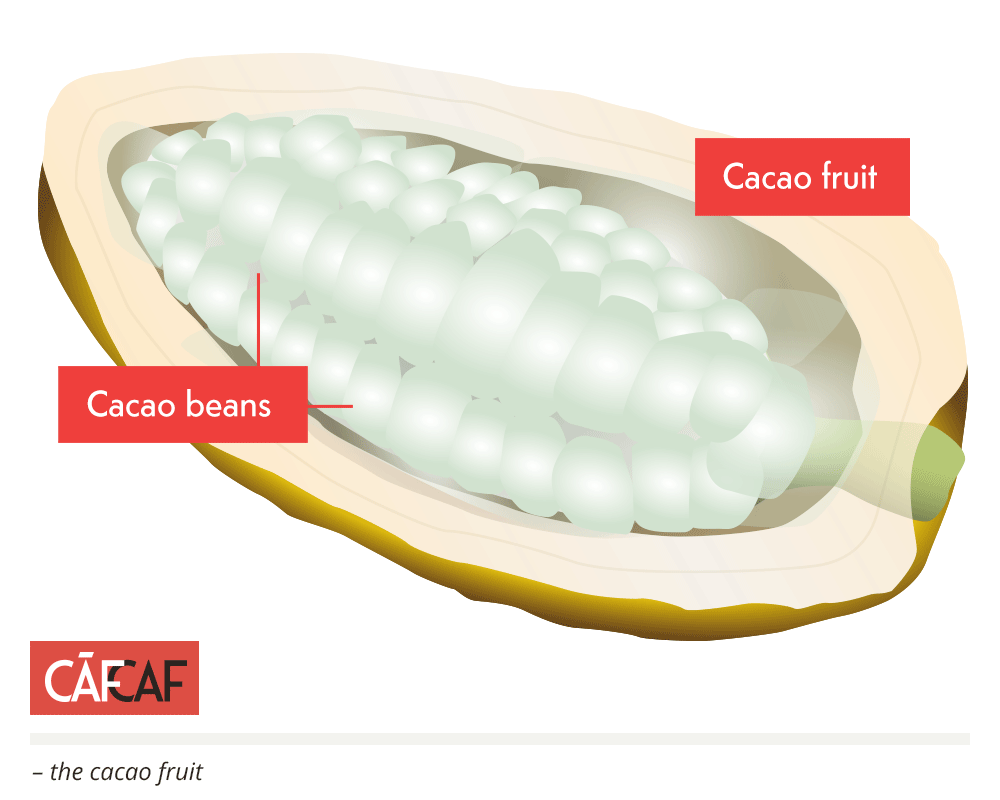
The cacao fruit
During my travels in the protected Sierra Nevada I learned that the Arhuaco cultivate not only coffee, but also cacao. How important is cacao in their culture?
Very important! Coffee is a important income solution for them in the higher parts but it’s not native to Colombia or the Sierra Nevada. Thereby there is no ancestral relation to the product. Cacao is different; it has been used for important ceremonies and in wedding ceremonies in the times before the Spanish conquerors arrived at the Caribbean cost line of Colombia, and forced the Arhuacos into the highlands for centuries. As their territory is not long time official recognized, they only recently had the chance to come back to their ancestral lands and their ancestral trees – the cacao. That’s why we call the cacao from the Arhuacos in the Sierrra Nevada Businchari, which means »new beginning« in the language of the Arhuaco people.
With the start of the project more than 5 years ago, the Arhuaco not only started to learn about cacao processing and started to export speciality cacao at a certain point, but also reconnected & rediscovered their ancestral connection with cacao. From a more scientific point of few, we try to describe with the term Businchari the group of unidentified landraces grown by the Arhuacos in the Serra Nevada which includes pure Bunsi cacao and all kind of native hybrids of it.
During my travels in the protected Sierra Nevada I learned that the Arhuaco cultivate not only coffee, but also cacao. How important is cacao in their culture?
Very important! Coffee is a important income solution for them in the higher parts but it’s not native to Colombia or the Sierra Nevada. Thereby there is no ancestral relation to the product. Cacao is different; it has been used for important ceremonies and in wedding ceremonies in the times before the Spanish conquerors arrived at the Caribbean cost line of Colombia, and forced the Arhuacos into the highlands for centuries. As their territory is not long time official recognized, they only recently had the chance to come back to their ancestral lands and their ancestral trees – the cacao. That’s why we call the cacao from the Arhuacos in the Sierrra Nevada Businchari, which means »new beginning« in the language of the Arhuaco people.
With the start of the project more than 5 years ago, the Arhuaco not only started to learn about cacao processing and started to export speciality cacao at a certain point, but also reconnected & rediscovered their ancestral connection with cacao. From a more scientific point of few, we try to describe with the term Businchari the group of unidentified landraces grown by the Arhuacos in the Serra Nevada which includes pure Bunsi cacao and all kind of native hybrids of it.
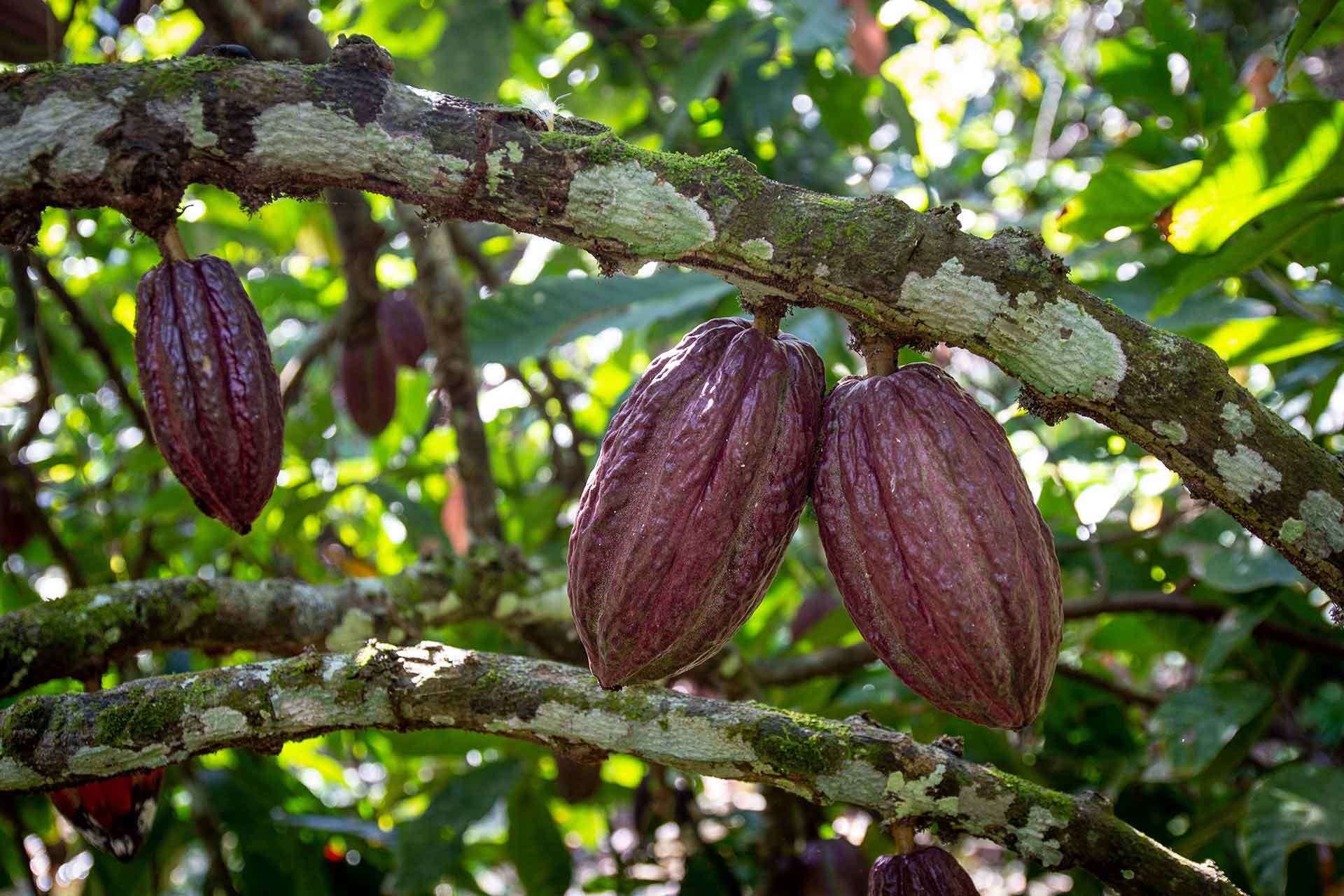
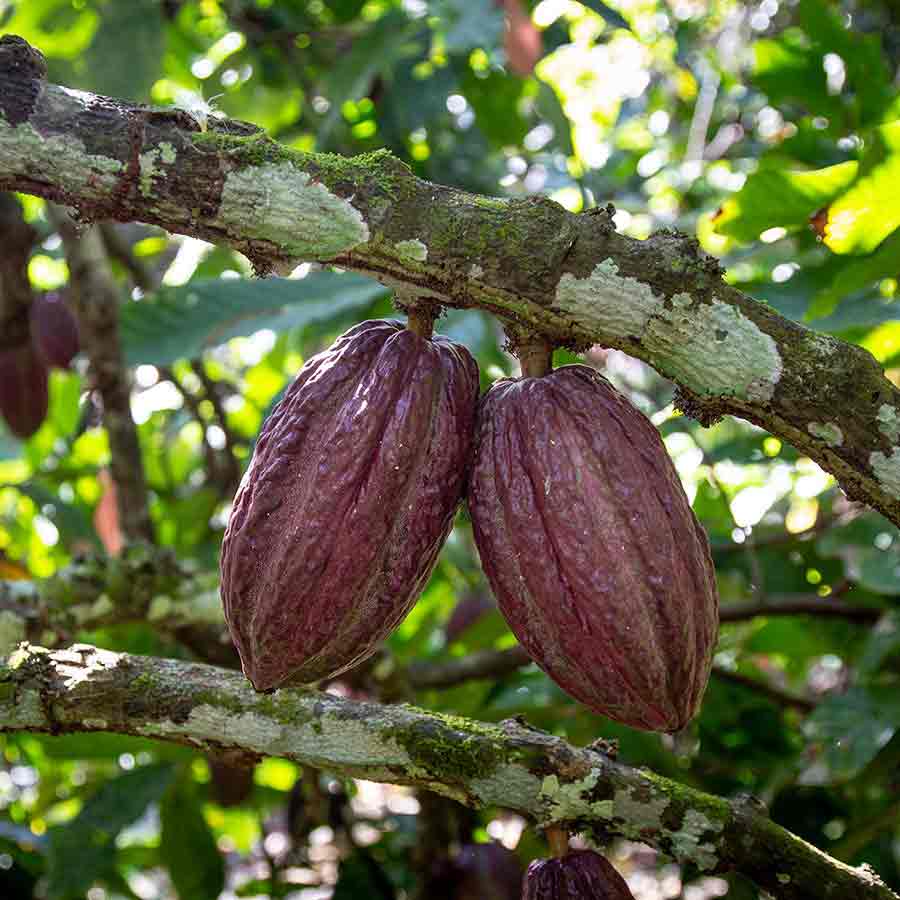
The beauty of cacao trees in the Colombian Sierra Nevada.
In comparison to coffee, the cacao harvest is mostly brought to a collecting point, where it is sold before it gets peeled, fermented and dried. Farmers sell the whole fruit instead of only the beans. Why do they do that?
Cacao is still mostly grown by small holder farmers, who have very small cacao fields or cacao forests, as we call the diverse agroforestry system we prefer to grow cacao in. To be able to guarantee a high and stable quality, it’s necessary that the small farmers organize themselves and process their cacao all together.
Please note: For bulk cacao none of the fowling steps is done. The cacao for industrial supermarket chocolate is mostly not fermented at all and not dried controlled – even totally mouldy cacao is accepted; the cacao afterwards is not taken care about – it’s treated just as gravel.
On farm each farmer harvest only the fully ripe cacao pods and collects them on several pills on his farm. Afterwards the cacao pods are opened on farm and the fresh cacao beans, which are still surrounded by a lot of fresh white pulp, are removed and collected in buckets or bags. The cacao husks, which weight more than 50% of the whole fruit, stays as natural fertilizer on the farm.
In a next step, the cacao has to be transported fresh to the central purchasing facility. It still contains about 50–70% water, which will get lost mainly in the fermentation and drying process. In this facility the cacao of each farmer is weighed and the farmer is payed directly for the fresh cacao beans. Afterwards, the cacao comes into wooden boxes where a spontaneous fermentation process is starting. This fermentation process lasts 3 to 8 days depending on variety, climate and required flavour profile.
»In the fermentation process, the germ of the cacao bean is killed, flavour components of the fruit pulp can fluid into the beans, other flavour components are developed and the bitterness of the beans is reduced.«
–Jan Schubert, Originalbeans
Each day the whole mass (200–800 kg per box) of cacao beans in pulp has to be moved from one to the next wooden box, so that fresh air – needed for the process – can get in. Bit by bit the fruit pulp is thereby decomposed and drain of the fermentation boxes, which have small holes on the ground. In the fermentation process, the germ of the cacao bean is killed, flavour components of the fruit pulp can fluid into the beans, other flavour components are developed and the bitterness of the beans is reduced.
The next step is the slow sun drying of the cacao beans, which also takes 6–10 days. To avoid that the fermented cacao beans stick together, the cacao has to be moved the first two days every 30 min to 1 hour, afterwards several times per day. It’s important that cacao does not dry too slow, as this can cause problems of mould, but also not too fast, so that alcohol, acetic acid and citric acid from the fermentation process can evaporate. When the cacao bean has less than 7% humidity, it’s considered »dry« and ready to be sifted and packed in jute bags for export.
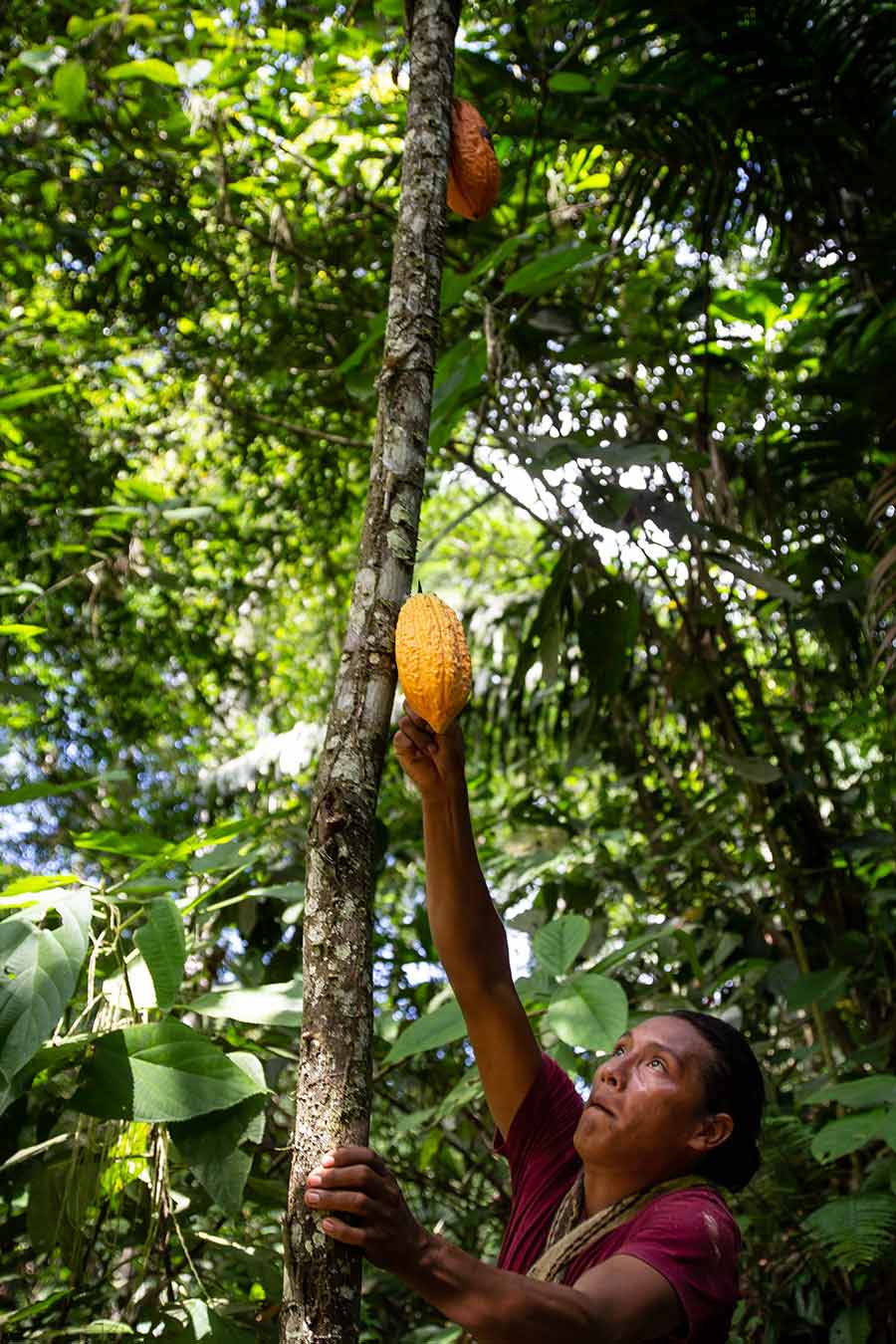
My new Arhuaco amigo in the Sierra Nevada, harvesting a cacao fruit.
What does a perfectly fermented, dried, high quality cacao bean taste and look like?
The exact taste depends, just as for coffee, on the personal preference as there is not one perfect flavour profile, but the interesting thing of high-quality cacao and chocolate is the diversity of flavours. In general, every high-quality cacao has to comply some general criteria:
– low bitterness
– low/no astringency
– a lot of taste
The basic tasting notes of speciality cacao can be fruity or nutty, but also spicy or flowery.
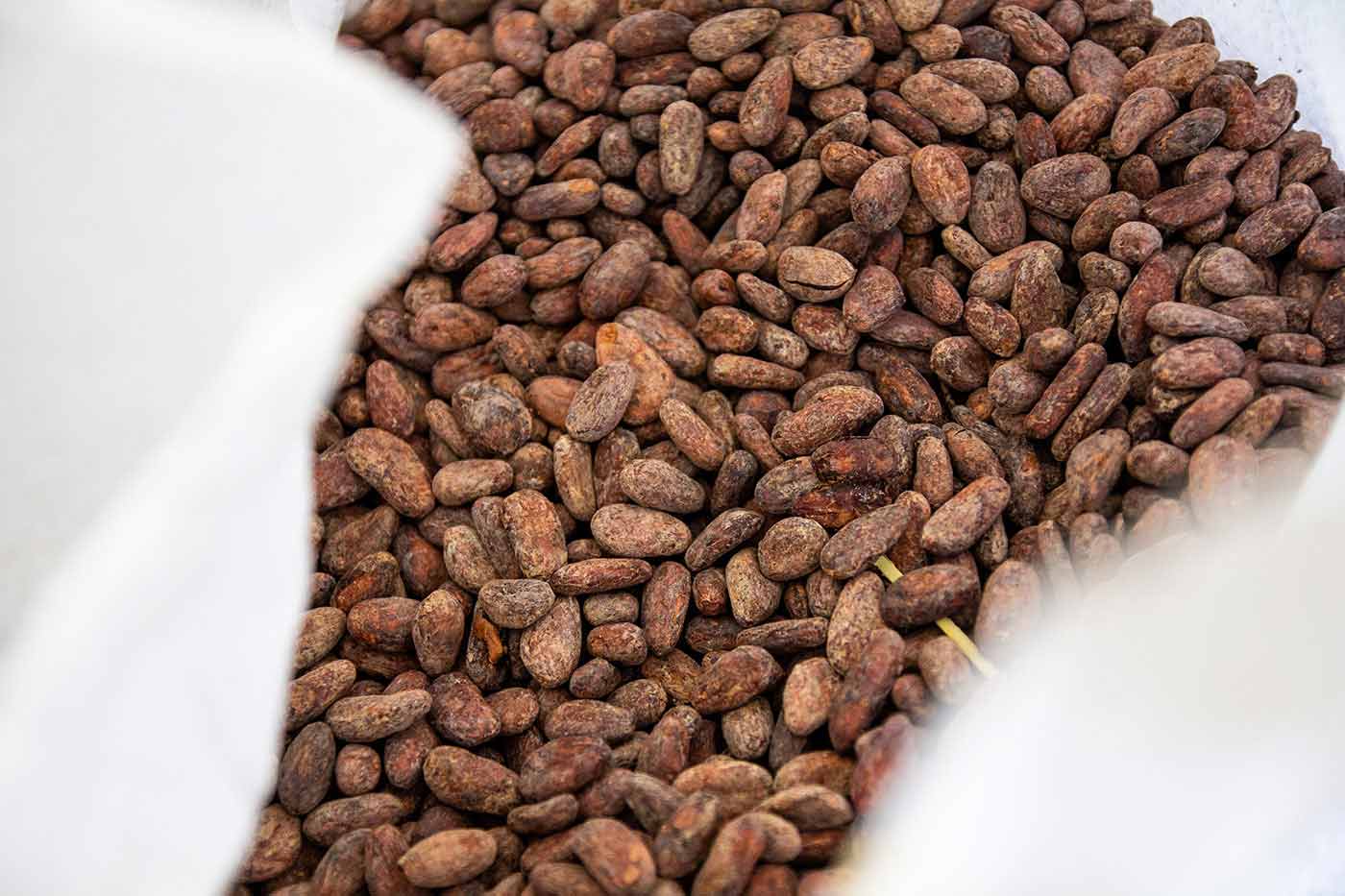
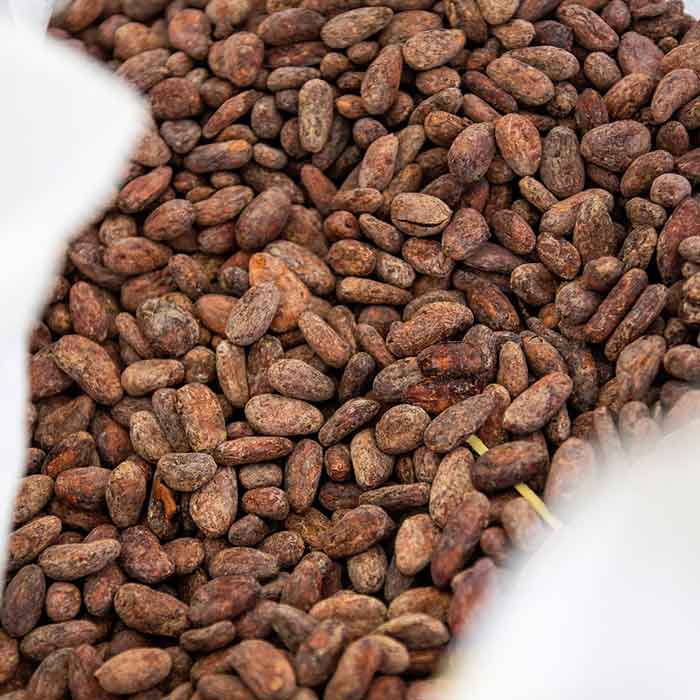
Fermented and dried cacao beans, ready to be exported.
I know that you eat mostly chocolate made of 70% cacao. As a cacao expert, what do you think about the more common milk chocolate?
There are also vey good milk chocolates and I think it’s ok if you prefer milk chocolate just as some people prefer Cappuccino. The milk chocolate I refer to has to be still high quality with about 45–60% cacao content, and not common milk chocolate with about 30% cacao content using the cheapest shit ingredients causing serious social and environmental problems in the southern hemisphere.
But to really explore the range of flavours that cacao can develop, you have to try dark chocolate, in best case pure one which only contains cacao and sugar but no added vanilla or other ingredients which could influence the flavour profile. You will see that a good 65–75% chocolate made of speciality cacao is not bitter at all.
I would consider bitterness in chocolate as a off-flavour, cheap industrial chocolate is only bitter because the cacao has not been fermented, or the cacao was totally moulded and they afterwards have to burn it. And I repeat myself, but bitter chocolate is also bitter for those who produce the cacao, as cheap chocolate prices are only possible by surreal low prices that the farmers get, causing child labour and slavery in western Afrika, where more than 50% of world cacao harvest comes from nowadays.
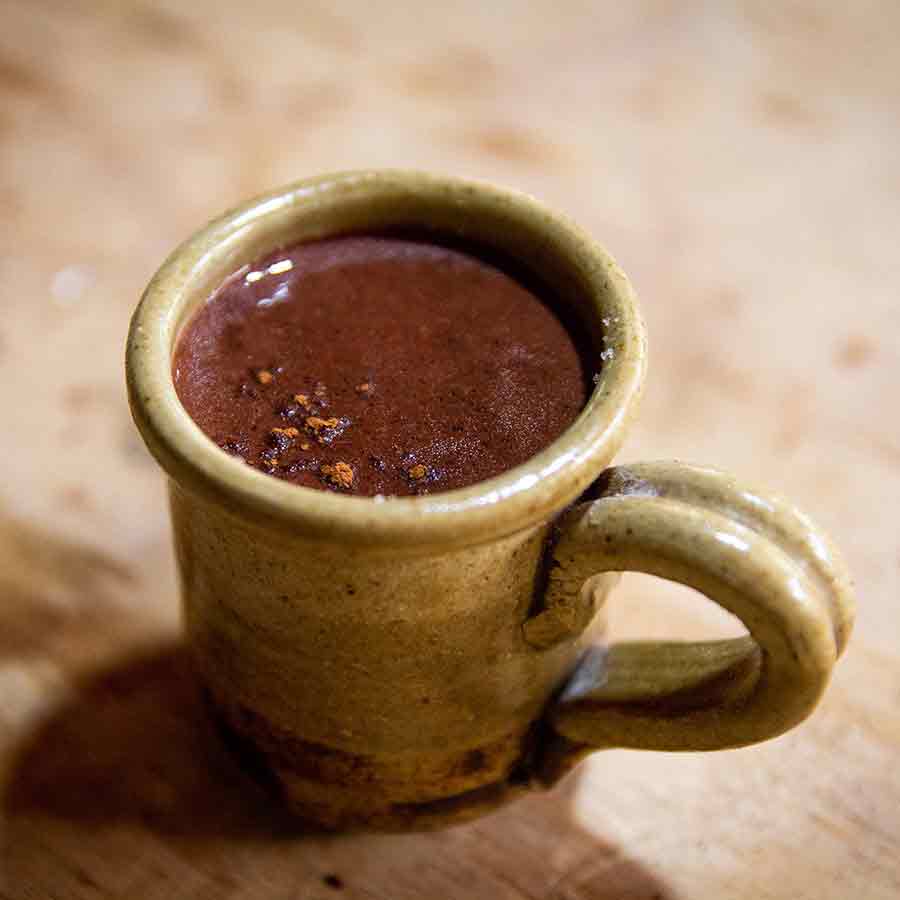

One of the best hot cacao drinks I have ever tried, on a cacao farm in the Colombian Sierra Nevada. Ingredients: Water, cacao and sugar.
At the end of our articles, we usually say goodbye to superficial knowledge (in other words: fake news) about coffee. Is there anything you would like to get off your chest here, regarding the cacao?
Adieu, Halbwissen
Well, I already mentioned that there are more than 3 cacao varieties and that not all white cacao beans are Criollo cacaos. Some people still think that cacao is from central America (Mexico) or think that there are two basic varieties, one from central America and the other from the amazon basin in south America. NO! The origin of all cacao is south America, the amazon area, most likely in Peru.
Also, the information that cacao was used first in central America by Maya and Olmecs is very popular, but wrong! It is proved that cacao was already used in the amazon area between Ecuador and Peru about 5.500 years ago, so 2.000 years before the Olmecs lived and used cacao for drinking chocolate in Mexico.
Adieu, Halbwissen
Well, I already mentioned that there are more than 3 cacao varieties and that not all white cacao beans are Criollo cacaos. Some people still think that cacao is from central America (Mexico) or think that there are two basic varieties, one from central America and the other from the amazon basin in south America. NO! The origin of all cacao is south America, the amazon area, most likely in Peru.
Also, the information that cacao was used first in central America by Maya and Olmecs is very popular, but wrong! It is proved that cacao was already used in the amazon area between Ecuador and Peru about 5.500 years ago, so 2.000 years before the Olmecs lived and used cacao for drinking chocolate in Mexico.
Weitere CafCaf Stories:
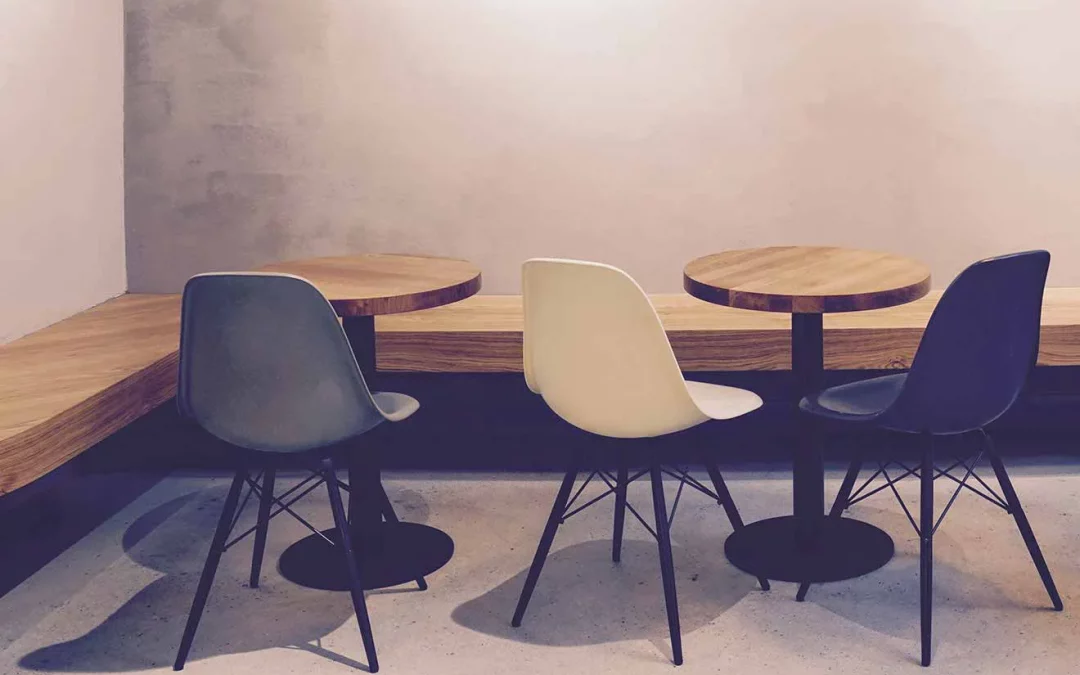
Building a coffee shop (EN)
